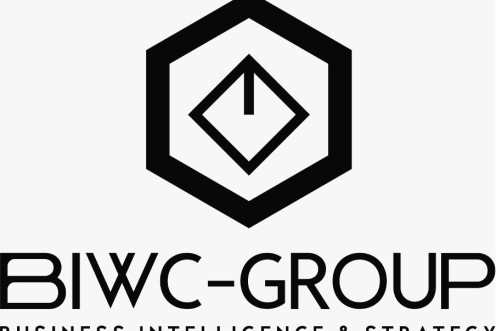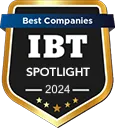Lawmakers in Kosovo on Tuesday again failed to elect a new parliamentary speaker, after 14 previous unsuccessful attempts that have plunged Europe's youngest state into unprecedented political deadlock.
Rights groups and NGOs took the UK government to court on Tuesday accusing it of breaching international law by supplying fighter jet parts to Israel amid the war in Gaza.
Chief among the proposed cuts is the repeal of the electric vehicle (EV) tax credits—$7,500 for new EVs and $4,000 for used models—effective from Dec. 31.
M&S operations have since Easter been hampered by a ransomware sting which has forced the retailer to suspend online sales, contactless payments instore and even recruiting operations.
German investor sentiment has jumped, buoyed by rollbacks of US tariffs, and the formation of a new national government, a closely-watched survey showed Tuesday.
A months-long Israeli blockade is worsening acute malnutrition in the Gaza Strip, medical charity Medecins du Monde warned on Tuesday, accusing Israel of using hunger as "a weapon of war".
Gerard Depardieu was a titan of French cinema for more than 50 years but a sexual assault conviction, a string of other allegations and several instances of lewd behaviour now cast a long, dark shadow over what was once a glittering career.
Japan's Nissan posted a huge annual net loss of $4.5 billion on Tuesday while confirming reports that it plans to cut 15 percent of its global workforce and warning about the possible impact of US tariffs.
Japanese tech investor SoftBank Group, a major player in the US Stargate artificial intelligence drive, on Tuesday posted a bumper full-year net profit of $7.8 billion.
Japan's Honda Motor on Tuesday forecast a 70 percent drop in net profit for the 2025-26 financial year as US trade tariffs weigh on the global auto industry.
Through this fund, selected startups will receive direct investment from Google, early access to its AI models, and guidance from Google's team of researchers, engineers, and business experts. They will also get credits to use services on Google Cloud.
The US tariffs barrage and the bounding cost of producing games have prompted manufacturers like Sony and Microsoft to announce price hikes on consoles, in an industry shift experts say is set to last.
India and Pakistan have announced a ceasefire after coming close to all-out conflict, but on social media citizens on both sides are vying to control public perceptions by peddling disinformation.
Donald Trump will arrive in Saudi Arabia on Tuesday on the first leg of a Gulf tour that will also take him to Qatar and the United Arab Emirates, eyeing business deals even as accords on the Middle East's hotspots will likely be harder to reach.
The UN aviation agency blamed Russia Monday for the downing of a Malaysian jetliner over Ukraine in 2014, leading to the deaths of 298 people.
Most Asian stocks extended gains Tuesday as investors continued to bask in the glow of the China-US tariff suspension that has fuelled hopes the world's two economic superpowers will step back from a punishing trade war.
A-list celebrity Kim Kardashian is to testify in a Paris court on Tuesday, an eagerly awaited appearance nearly a decade after masked men robbed her at gunpoint of millions of dollars of jewellery during the French capital's fashion week.
Even the greatest human minds building generative artificial intelligence that is poised to change the world admit they do not comprehend how digital minds think.






































